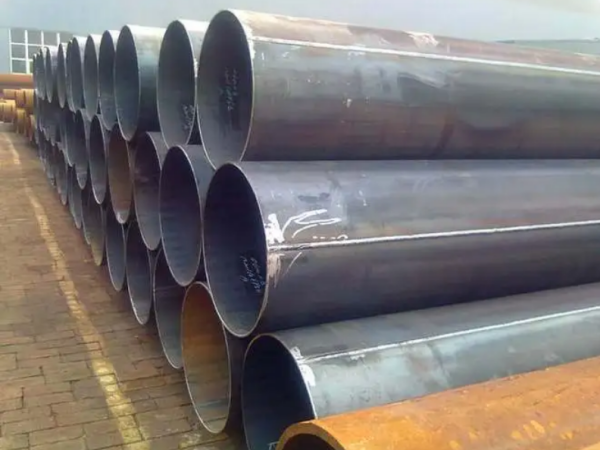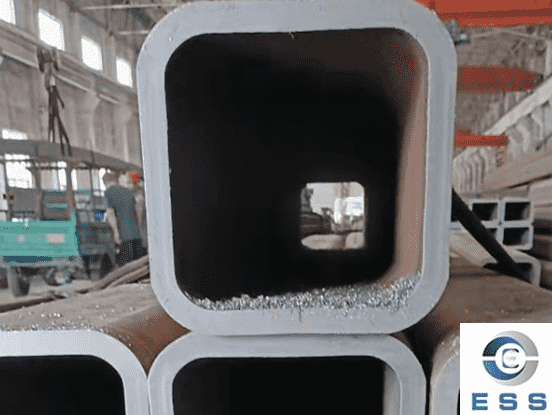Why are large-diameter steel pipes mostly welded with steel?
1.
Welded pipes are produced continuously online. The thicker the wall thickness, the greater the investment in the unit and welding equipment, and the less economical and practical it is. The thinner the wall thickness, the corresponding decrease in its input-output ratio.
2. The process of this product is generally welded steel pipe with high precision, uniform wall thickness, high brightness inside and outside the pipe (the surface brightness of the steel pipe is determined by the surface grade of the steel plate), and can be arbitrarily scaled. Therefore, it embodies its economy and aesthetics in high-precision, medium- and low-pressure fluid applications.
3. The production process of welded steel pipe is simple, the production efficiency is high, the cost is low, and the development is rapid. The strength of the spiral welded pipe is generally higher than that of the straight seam welded pipe, and the welded pipe with a larger diameter can be produced with a narrower billet, and welded pipes with different diameters can be produced with the same width billet. However, compared with the straight seam pipe of the same length, the weld length is increased by 30~100%, and the production speed is lower. Therefore, most of the welded pipes with smaller diameters adopt straight seam welding, and most of the large diameter welded pipes adopt spiral welding.

Advantages of large diameter stainless steel pipe:
1. The use of large-diameter stainless steel can be divided into oil well pipes (casing pipes, oil pipes and drill pipes, etc.), pipeline pipes, boiler pipes, mechanical structure pipes, hydraulic prop pipes, gas cylinder pipes, geological pipes, chemical pipes (high pressure chemical fertilizers) pipes, petroleum cracking pipes) and ship pipes, etc.
2. The thicker the wall thickness of the solution, it is really more cost-effective and sensible, and the thinner the wall thickness, its processing cost will appreciate greatly;
3. From the process of the product determines its limitations, from the low precision of general seamless steel pipe: uneven wall thickness, low brightness tube appearance, high cost of fixed length, and in the appearance of pitting, black spots are difficult to bring Walk;
4. Detection and plastic must be processed offline. So it's really a higher pressure, higher strength, mechanical structural wood that reflects its superiority.
5. The corrosion resistance of large diameter stainless steel welded pipe depends on the alloy components contained in the steel. Chromium is a basic component of corrosion-resistant stainless steel. About 12% of chromium in steel, chromium interacts with oxygen in the corrosive medium, and forms a thin oxide film (passive film) matrix on the steel surface to avoid further corrosion of steel. To remove chromium, common alloy components of stainless steel seamless steel tubes you will find nickel, molybdenum, titanium, niobium, copper, nitrogen, etc. To meet the specifications of the different use of stainless steel structure and performance. Reducers, steel pipe fittings, are widely utilized in various industries in order to provide the flexibility to connect joined sections of pipe in several installations. A reducer can connect two pipes of different diameters with one fitting. Tube reducers are readily available within imperial and metric sizes depending on the commodity fittings produced in relation to end use.













 Eastern Steel Manufacturing Co.,Ltd not only improve product production and sales services, but also provide additional value-added services. As long as you need, we can complete your specific needs together.
Eastern Steel Manufacturing Co.,Ltd not only improve product production and sales services, but also provide additional value-added services. As long as you need, we can complete your specific needs together.










